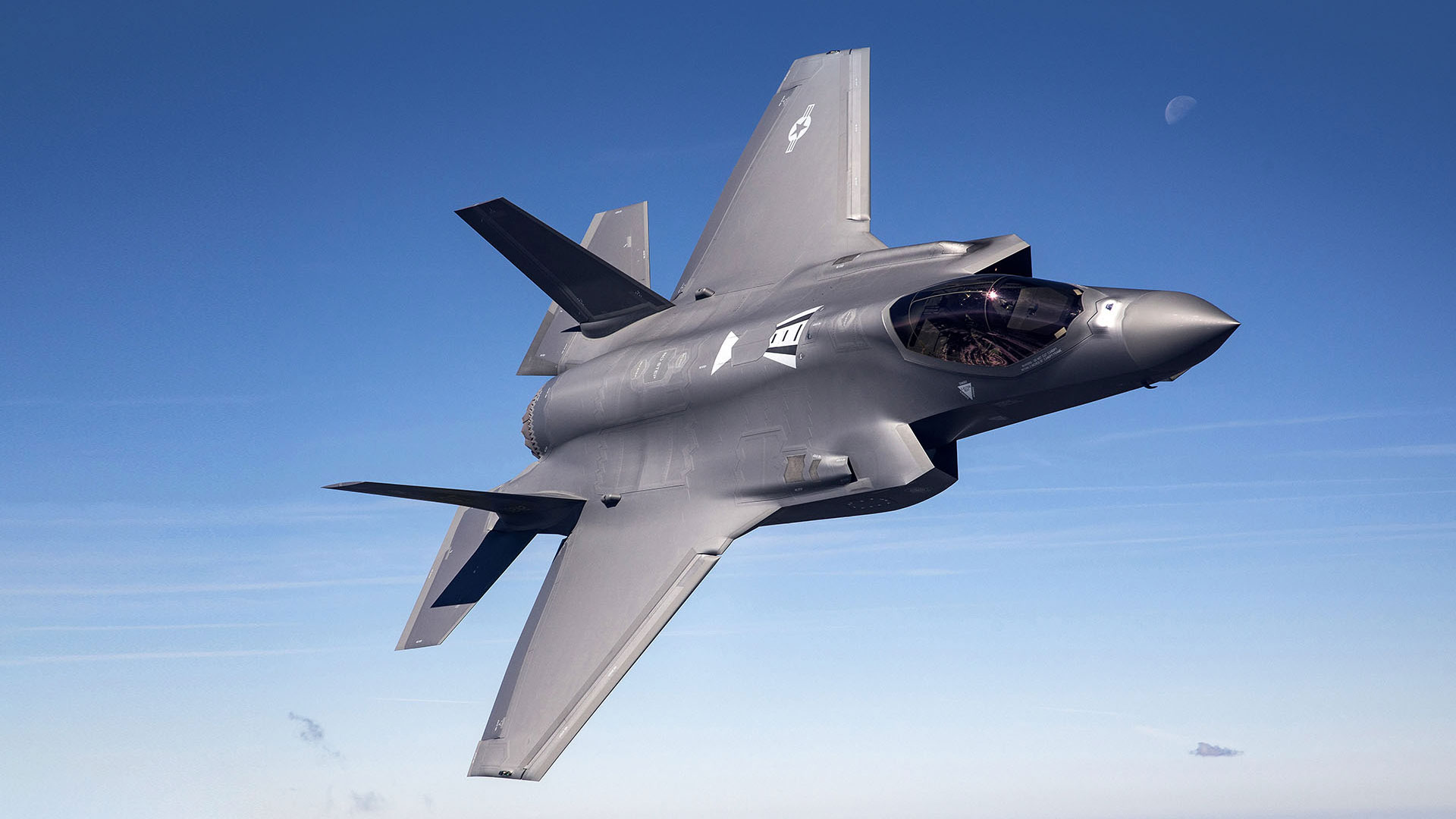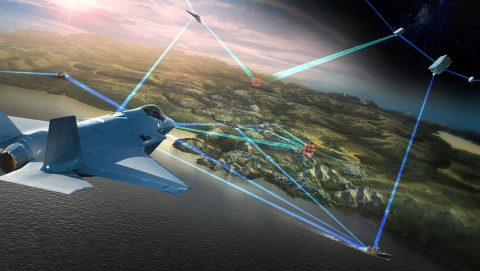MAP-C: The New Standard for On-Orbit Docking Support
In 2022, Lockheed Martin released the Mission Augmentation Port design – an industry first open-source, non-proprietary interface standard to support on-orbit docking for the Space industry. After continued development, testing, and refinement of the design, Lockheed Martin is pleased to release the MAP-C design.
MAP-C provides models, requirements, and interface details needed to implement Client (Host) or Servicer (Satellite Augmentation Vehicle, SAV) docking ports independently. These interfaces cover mechanical, electrical, data, and electromagnetic compatibility. The MAP-C design assumes a magnetically-enabled soft-capture phase preceding a mechanism-enabled hard capture phase, and has been updated to align with industry standard CONFERS lexicon for docking and servicing missions.
Lockheed Martin encourages collaboration and competition using this standardized interface, and welcomes engagement with Industry and government to continue to drive towards a modular, open systems architecture approach to solving Space logistics challenges now and in the future.
Those interested in the standard can download the necessary documents below.
Vision for On-Orbit Upgrades
Much in the way we update software in-mission using SmartSat™, Lockheed Martin recognizes the need to reconfigure hardware capabilities to meet evolving mission needs. That’s where standards for docking come in: standardized docking interfaces allow operators to fly dynamic missions in ways that are currently not possible.
Upgrades made on a standardize interface are constrained only by the capabilities of the host satellite and the docking port interface, and could include processing capacity, new sensors, or other payloads that add longevity and value to missions. New mission capabilities can be rapidly prototyped and tested on host spacecraft at a lower cost than traditional methods, with relaxed requirements for lifespan on orbit. Likewise, some components can be replaced or upgraded after launch with new hardware, whether to prevent obsolescence or extend the utility of the platform.
Unlike previous space missions where cutting-edge technology begins to lose relevance immediately after launch, future missions will be able to be upgraded via on-orbit hardware and software upgrades. What Lockheed Martin is envisioning goes beyond “filling up the tank” to extend mission life. The company believes on-orbit servicing will add real mission capability in a sustainable, cost-effective way.
“Ultimately, our goal is to drive the development of a new ecosystem where a platform’s function can change at the pace of technology,” said Pelley. “This ecosystem will be made up of providers, payload manufacturers, and others who will benefit from the on-orbit augmentation infrastructure.”
Download the Lockheed Martin Mission Augmentation Port (MAP) Standard.
Complete the form to receive an email with a link to download the document.
Thank you for your interest in downloading the Lockheed Martin Mission Augmentation Port (MAP) Standard. The MAP-C standard provides 3D models and interface requirements needed to design a compliant MAP-C docking port.
Please complete the form on this page to receive an email with a link to download the document.
Note that this material is marked with CC0 1.0. To view a copy of this public domain dedication, visit http://creativecommons.org/publicdomain/zero/1.0
Release Authorization: EAR § 734.7 (4)



